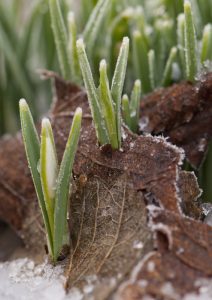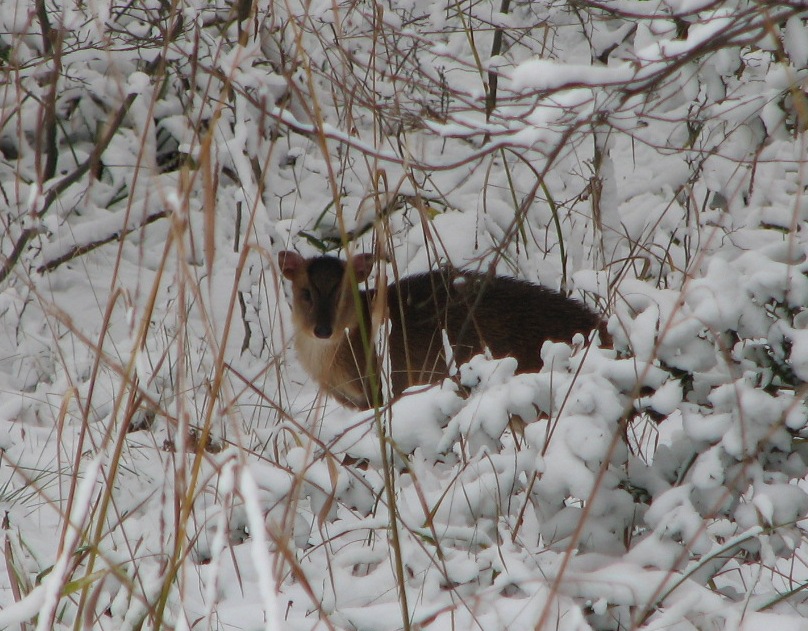Christmas now might be starting to feel a distant memory and with January well under way, it may seem like the wintry weather is settled in for a few more months.
Temperatures are now feeling more seasonally appropriate after the record breaking mild New Year, so we may be tempted to retreat back indoors and finish off the Christmas chocolates. However, now is a great time to get out and explore your local patch of nature, there may be more than you think going on throughout winter.
At Panshanger Park the snow drops are poking optimistically through the leaf litter, encouraging us that we’ll soon see a glimmer of their white brightness in the woodlands. Some of these go back to when the parkland was part of the Cowper estate and snowdrops were planted for the enjoyment of the residents of Panshanger House.
With the lack of leaves on the trees and the vegetation having died back, you may be mistaken for thinking the woodlands around Panshanger are dormant, but actually winter is a great time for spotting wildlife. If you walk through Lady Hughes wood you may well see and hear mixed flocks of birds. Chaffinches, tits and goldcrest may be seen together as, outside the breeding season, they can benefit from being part of a group due to increased pairs of eyes looking for food as well as keeping watch for predators such as sparrowhawks. As you walk through the woods listen out for the short contact calls they make to enable continuous communications with the rest of the flock. Small groups of birds often huddle together at night to keep warm during winter. Long-tailed tits, wrens and pied wagtails all do this, roosting together in trees or nestboxes to increase their survival through the night.

The first glimmers of brightness- snow drops poking through the frosty soil ©Katrina Martin
Walking quietly through woodland, such as Brockett Hill towards the West of the site, may reward you with glimpses of deer or foxes through the trees. But if not, then the currently muddy ground conditions are a great way to spot mammal tracks. An identification guide helps with this, a good straightforward one is ‘A guide to British mammal tracks and signs’ from the Field Studies Council. And you can help record wildlife by submitting what you see- mammals, amphibian and reptile sightings at https://www.hnhs.org/article/mammals-reptiles-and-amphibians-new-countywide-survey and birds at https://www.hnhs.org/herts-bird-club/recordsubmission.
If you’d like to learn more about the nature and history of Panshanger Park take a look at our upcoming events at panshangerpark.co.uk.
Jo Whitaker is the Panshanger Park People and Wildlife Officer. She works for Herts and Middlesex Wildlife Trust and her role is funded by Tarmac.
Main photo: Muntjac deer clearly visible in the snow ©HMWT


